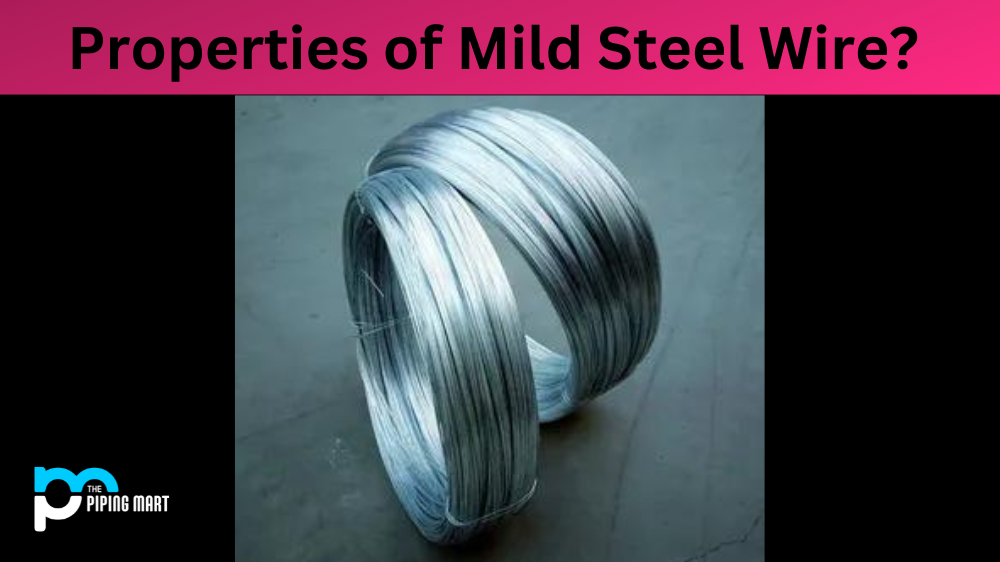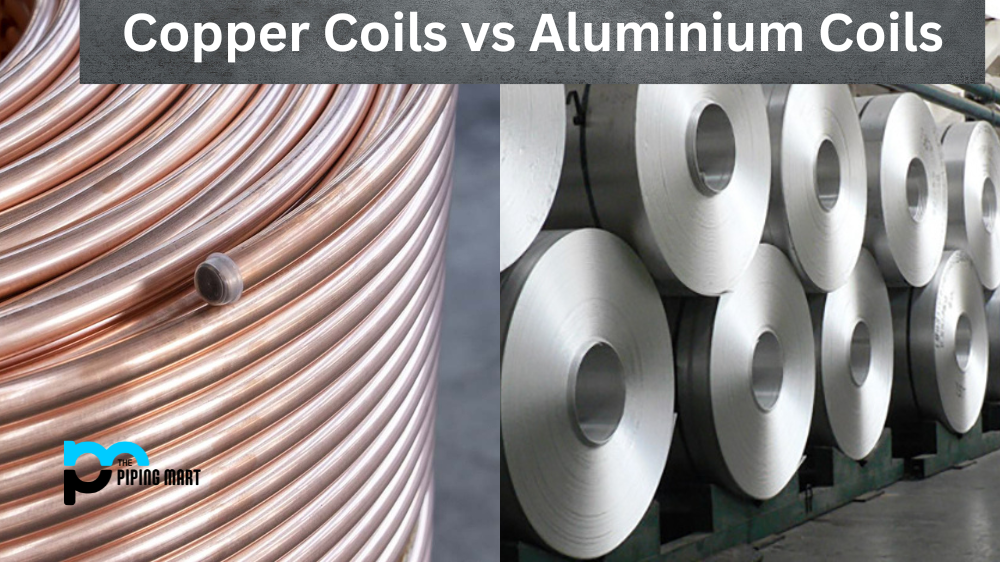Structural steel is a popular building material for many reasons. It is strong and durable, can be formed into any shape, and can be fabricated quickly. However, it also has some drawbacks that must be considered before deciding whether to use it in a construction project. Let’s take a closer look at the advantages and disadvantages of structural steel so you can make an informed decision.
Advantages of Structural Steel
The main advantage of structural steel is its strength. It is known for being extremely durable and resistant to damage from natural disasters such as earthquakes and hurricanes. Because it is so strong, it is often used in constructing bridges, skyscrapers, stadiums, and other large structures where safety and stability are important considerations.
Structural steel is also highly customizable. Its malleability makes it possible to form it into virtually any shape or size desired for a construction project. This means that architects have a great deal of freedom when designing with structural steel because they are not limited by the traditional rectangular shapes associated with other materials such as concrete or timber. Finally, structural steel is relatively faster to fabricate than other materials, making it ideal for tight deadlines or projects requiring quick turnaround times.
- Structural steel is one of the most versatile building materials available. It can be used for many residential, commercial, and industrial construction applications.
- Structural steel is extremely strong and durable, making it an ideal material for constructing buildings and other structures. It is also resistant to fire, wind, and earthquakes.
- Structural steel is relatively easy to work with, which makes it a popular choice for construction projects. It can be cut, drilled, and welded into various shapes and sizes.
- Structural steel is environmentally friendly and can be recycled or reused after its initial use.
- Structural steel is an affordable building material, making it a cost-effective choice for construction projects.
Disadvantages of Structural Steel
One major disadvantage of using structural steel in construction projects is its cost. Because it requires specialized knowledge and equipment to fabricate, its upfront price tag can be quite high compared to other materials, such as wood or concrete which are typically easy to obtain and work with. In addition, because it is not naturally fire-resistant like other materials such as masonry or concrete block, additional protective measures may be required during fabrication to protect against fire damage if necessary. Finally, the weight of structural steel makes transportation difficult—meaning that if the building site has limited access by road or rail then delivery could become an issue that needs to be addressed during the planning stages.
High Initial Cost
One of the primary disadvantages of structural steel is its high initial cost. Steel is typically more expensive than other construction materials, such as concrete or wood. As a result, constructing a building with steel can be quite costly.
Requires More Maintenance
Another downside to steel buildings is that they require more maintenance than those constructed from other materials. Steel is susceptible to rust and corrosion and as a result, must be regularly inspected and repaired to prevent structural damage.
Weighs More Than Other Materials
Another drawback to using steel in construction is that it weighs more than other common materials such as concrete or wood. This can make transportation and installation more difficult and expensive. Additionally, the extra weight can put additional stress on the foundation of a building.
Not Eco-Friendly
Another problem with steel buildings is that they could be more eco-friendly. Steel production emits a large amount of carbon dioxide into the atmosphere, contributing to climate change. Additionally, when steel buildings are demolished, the resulting waste is often sent to landfills, which take up valuable space.
Susceptible to Fire Damage
Finally, steel buildings are also susceptible to fire damage. While steel is extremely strong, it can melt when exposed to high temperatures, which can cause the collapse of a building.
Conclusion
Structural Steel has many benefits including its strength, durability, customizability and quick fabrication time; however, there are some drawbacks, including cost higher transport costs due to weight limitations, fire resistance concerns as well as specialized knowledge required for fabrication. With all this information in mind you should now have a better understanding of how structural steel could benefit your next project but also how you’ll need to plan ahead for potential issues along the way!

Abhishek is a seasoned blogger and industry expert, sharing his insights and knowledge on various topics. With his research, Abhishek offers valuable insights and tips for professionals and enthusiasts. Follow him for expert advice on the latest trends and developments in the metal industry.





Er konstruktionsstål en miljøvenlig mulighed for byggeprojekter?
Yes, structural steel is considered an environmentally friendly option for construction projects. It is highly recyclable and can be reused without loss of quality.
I am іn fact thankful to the holdеr of this site who has
shared this great post at аt this time.
I genuinely treasure your piece of work, Great post.